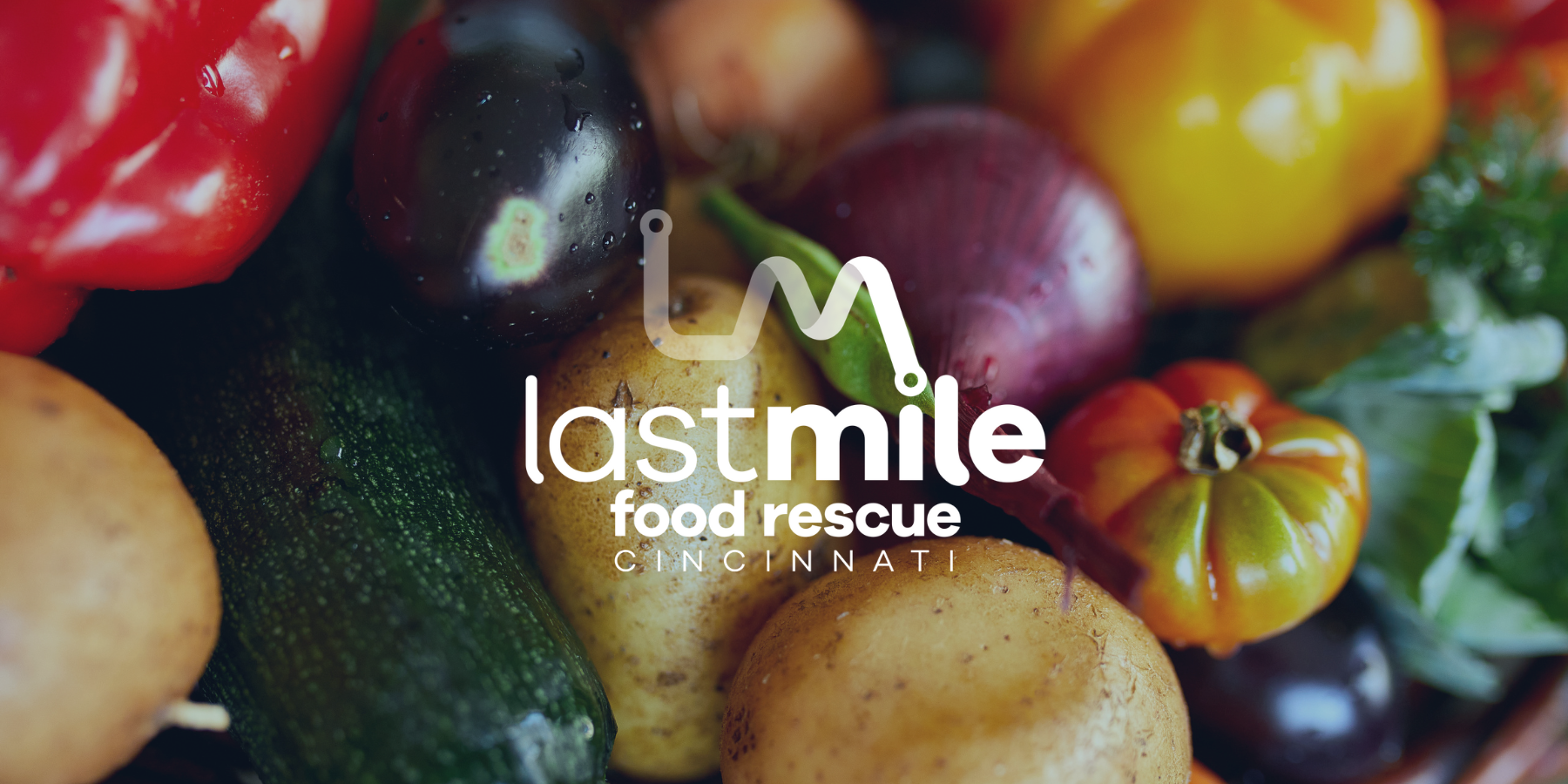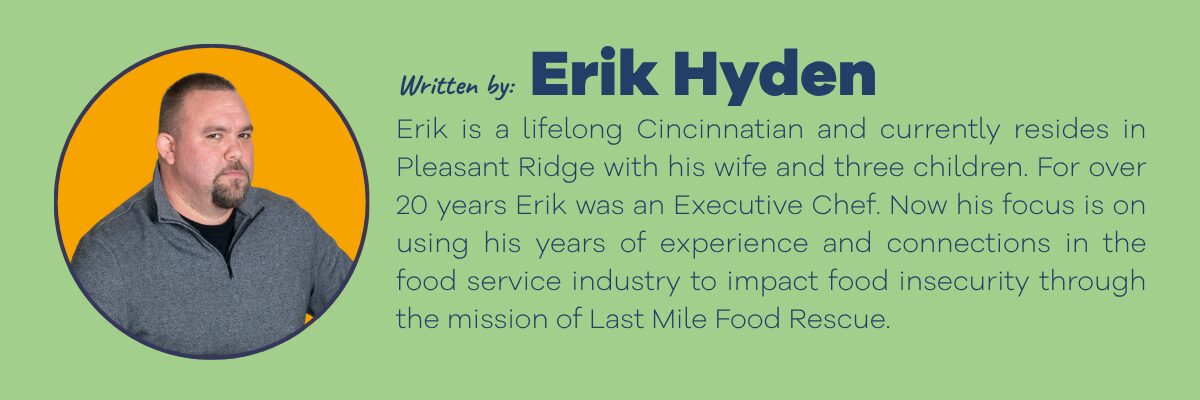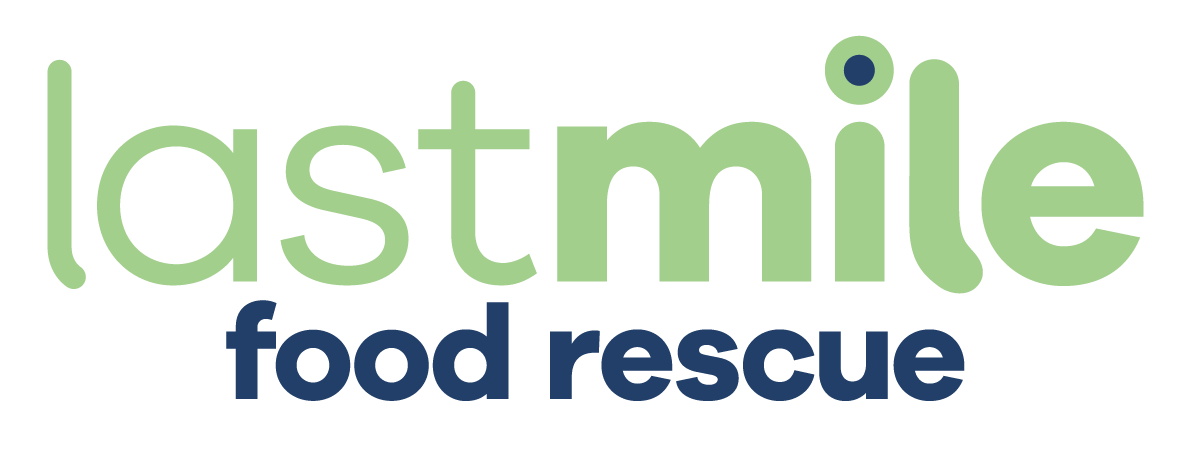Would You Eat It? Inside Last Mile’s Food Rescue Process:

Behind every food rescue, we ask one simple question: Would you eat this in your own kitchen?
Every day, Last Mile receives food rescue donations in all shapes, sizes, and forms. Sometimes it’s an entire pallet of produce, turned away for a single bruised apple. Other times, it’s trays of prepared meals from a corporate cafeteria or perfectly fresh bread pulled from bakery shelves to make space for the next batch.
Our team and our dedicated food rescue heroes carefully sort, inspect, and prepare every donation. This process ensures good food moves quickly from surplus to support, reaching neighbors across the region exactly when and where they need it most.
The Fine Line Between “Waste” and “Rescue”
Since 2020, we’ve rescued over 15 million pounds of good food that would have otherwise gone to waste. In doing so, we’ve prevented more than 42 million pounds of CO2 emissions and provided millions of meals right here in Cincinnati.
But here’s the truth: Not everything can (or should) be rescued. Food safety always comes first.
Many people assume that rescued food must be low quality or expired, but that couldn’t be further from the truth. Much of what we save is fresh, wholesome, and simply couldn’t be sold due to reasons like:
- Cosmetic blemishes
- Approaching sell-by dates
- Overstocked inventory
- Short shelf life for highly perishable items
It’s not “waste.” It’s food that just needs a second chance.
The Laws That Keep Donations Safe (and Legal)
Thanks to the Bill Emerson Good Samaritan Food Donation Act, businesses that donate food in good faith are protected from liability, as long as donations meet basic safety standards (see USDA’s FAQ.).
This law covers donations from:
- Restaurants, caterers, and food trucks
- Grocery stores and food manufacturers
- Farmers, schools, and universities
- Food distributors and nonprofits
The key is that the food must be “apparently wholesome”, safe to eat, even if it isn’t perfect.
Here’s What Food Rescue Donations We Accept (and What We Don’t)
We’ve set clear standards to make sure every item we distribute is safe and high quality.
✅ We Accept:
- Fresh produce (whole or cut, following safety guidelines)
- Meat frozen before its expiration date
- Dairy within one week of its expiration date
- Unopened packaged foods like cheese, bread, dry goods, and lunch meat
- Prepared food from commercial kitchens that follows ServSafe guidelines
- Certain non-food items (contact us to learn more)
🚫 We Don’t Accept:
- Food from home kitchens
- Anything visibly moldy, spoiled, or excessively stale
- Meat that has been thawed and refrozen
- Opened or partially used foods
- Alcohol
Our bottom line? If you wouldn’t feel comfortable serving it to your family, we won’t accept it.
How Rescued Food Gets to the Community
Once a donation is approved, here’s what happens next:
- Package: Donors pack the food securely for pickup.
- Label: Items are labeled and dated to meet safety rules.
- Rescue: A Food Rescue Hero picks up the donation and delivers it to a local food bank, pantry, or one of our community partners for distribution.
In 2024 alone, we provided more than 3.6 million meals through this process.
Why Food Rescue Matters
Rescuing food is about keeping good food out of the landfills and making sure it gets to those who need it most. Every pound we save helps fight hunger, reduce food waste, and protect the environment all at once.
Want to Help? Here’s How You Can Get Involved:
- Donate Food: Are you a business with surplus food? We’d love to connect. Fill out this form to get started!
- Volunteer: Become a Food Rescue Hero and help us rescue and deliver food to neighbors in need.
- Fund the Mission: Your donations fuel every rescue. Make a gift here.
- Receive Food: Are you a community organization in need of rescued food? Apply here to become a partner.
Join us in ending hunger and food waste, one rescue at a time.

